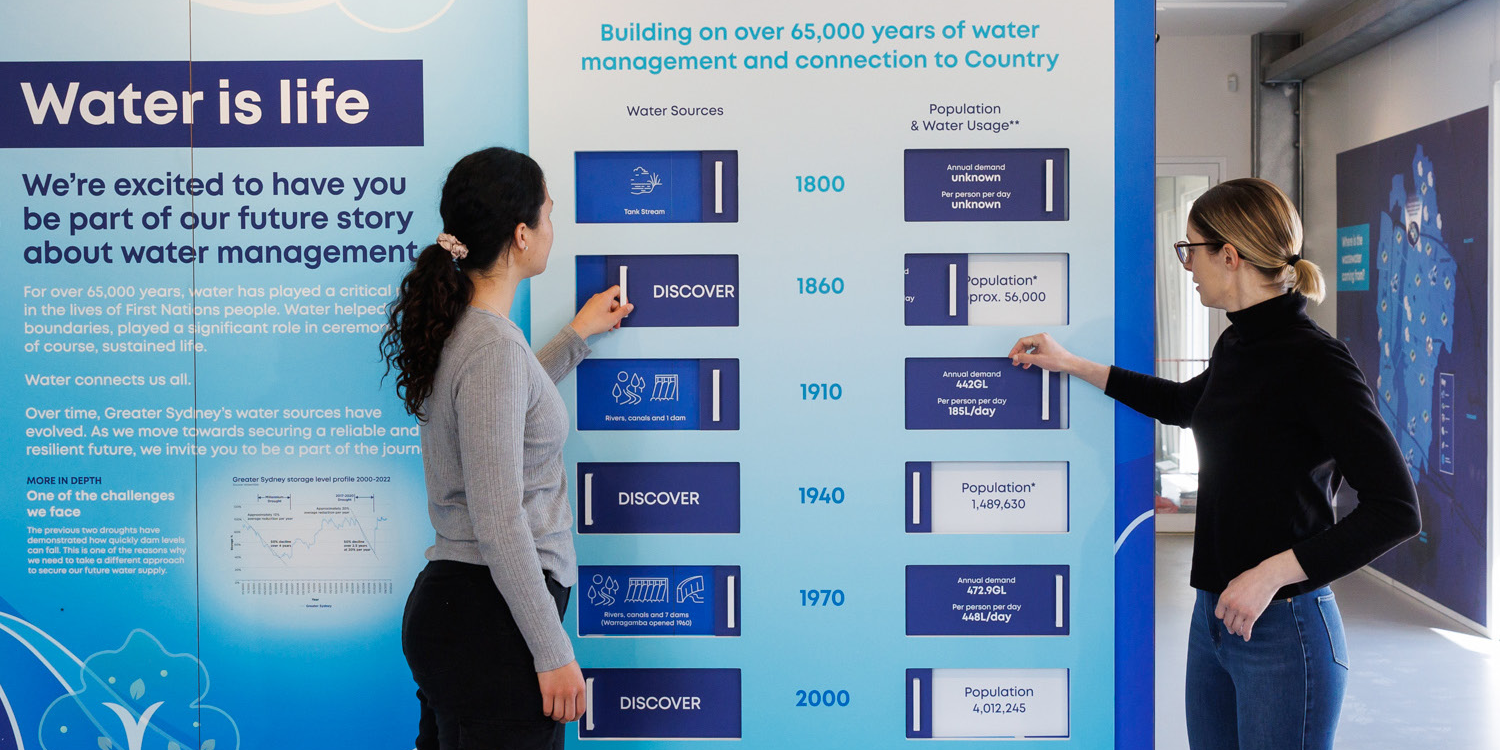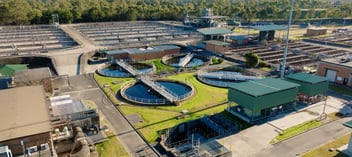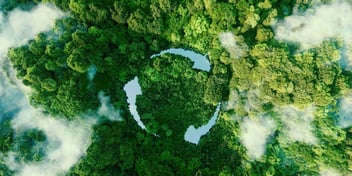Taking a look at Sydney’s recycled water future

Water sourcing that is independent of rainfall is becoming an increasingly important component of a utilities’ supply planning. Greater Sydney, with a population of five million, currently relies on rainfall for over 85% of its water supply, with the remaining 15% coming from desalination.
In late 2020, Sydney Water began a demonstration project to investigate the use of purified recycled water for a more resilient and reliable water future. For James Harrington, Project Manager at Sydney Water’s Purified Recycled Water Demonstration Plant, the challenge is not so much technical – rather, the most significant hurdle is managing community engagement and education about the importance of alternative water source options.
“Purified recycled water provides huge opportunities to leverage the circular economy through our wastewater servicing, and also provides that capability to reuse our water rather than send it back out to the ocean,” Harrington said.
“It's proven technology, but it is a new technology, and of course that comes with its own challenges.”
Far from going it alone, Sydney is joining some 35 global cities, including London, Singapore and Los Angeles, in using purified recycled water in their supply. To date, water from the Demonstration Plant has been used for irrigation and non-drinking purposes.
Sydney Water hopes to eventually incorporate recycled purified water into the general system, easing burdens of a growing population and climate change by recycling up to a quarter of the city’s water in the decades to come.
Innovation on display
After first being treated at the Quakers Hill Water Resource Recovery Facility, recycled water is piped to the Demonstration Plant, where it undergoes two filtration steps and two disinfection steps. Firstly, it is treated with ultrafiltration and reverse osmosis. This is followed by advanced oxidation using ultraviolet light and, as with standard drinking water, it is chlorinated to ensure that both the water and pipes are free from any remaining microorganisms.
“This is a very well known process stream around the world, and we are modelling off places like Singapore,” Harrington said.
“For us, the challenges are in demonstration outside of the Plant. Changing the operational philosophies and mindsets to create a new product is one of the bigger challenges in making sure that we are adequately controlling the risks throughout operations.”
The fact that the project has been piloted through a demonstration facility means that operations have been running at a small scale. “It can be quite a challenge scaling down some technology, such as the remineralisation process, because we have to look at alternative pathways to a full-scale dosing system,” he said.
Resource literacy
The core functions of the Demonstration Plant are the technical aspects of testing processes and training staff, as well as communicating with stakeholders, Harrington said.
“We undergo a process of testing the water quality that can be produced out of these plants and working with our regulator, New South Wales Health, to ensure the water quality and reliability of the safety of that water long term,” he said.
There are challenges in training technical operators to understand the philosophies behind a new product, which blends wastewater and water treatment to make sure that there is a robust system in place for eventually scaling up the project. But Harrington said the most important role of the Plant is engaging with the public.
“Rightly, people get concerned when a large organisation starts making changes,” he said. “For us, having a facility where people can come see the water – touch, feel, and observe the process – provides us the capability to go into detailed conversations.”
Harrington said engagement is crucial to help people value water more, as well as the work that goes into supplying it.
“Helping people build up a higher level of water literacy of where it comes from – and how precious of a resource it actually is – is almost as important as the infrastructure itself,” he said.
The Demonstration Plant is already at maximum capacity and will only ever be used for irrigation and potentially local recycled water. This means that the future for recycled water in Sydney would be a separate, full scale plant. In order to get to that point, increasing literacy around alternative sources is critical.
“Obviously, we have traditional and social media plans, but we also have information items such as our ‘wonders of water’ van, which attends community events,” Harrington said.
“The main channel for talking about full scale purified recycled water will be using the Environmental Impact Statement process with the Department of Planning and Environment to have a really broad engagement with Greater Sydney, because this affects all of us.”
Since opening, Sydney Water engaged in over 1,200 conversations with the community about how we could implement PRW into our raw water sources by supplying it to Prospect Reservoir.
As part of this process, Sydney Water is undertaking a DPHI Environmental Impact Statement, which is an opportunity for the community to engage with the proposal and provide their views on PRW.
“We want the public to understand that Sydney Water isn't hiding anything,” Harrington said. “We also want to have enough time that we're not rushing any issues and we've got a robust process around having these conversations.”
Sydney Water customers are interested in how the purified recycled water practice is already in common use around the world.
“The fact that Perth, Singapore and America are already doing this gives people a sense that we're not going into uncharted territory – it's a proven technology,” Harrington said.
“People have a strong level of trust in Sydney Water, and we want to keep building on that by moving into the future of water properly.”
This article was originally published in the Australian Water Association’s Current magazine.



